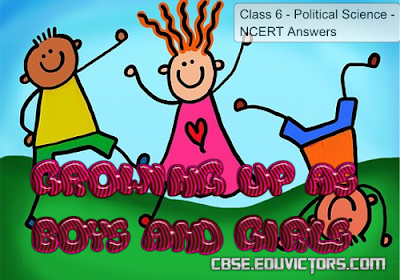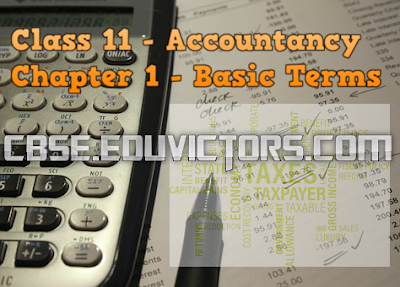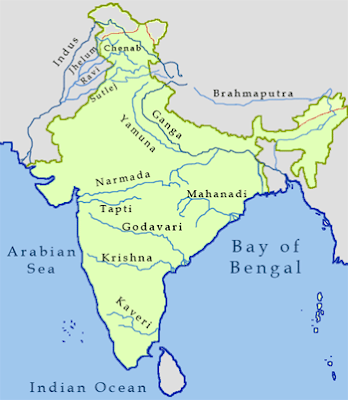Growing up as Boys and Girls
Class 7 - Political Science
NCERT Answers
Question 1: Are the statements given alongside true or false? Support your answer with the use of an example-
(a) All societies do not think similarly about the roles that boys and girls play.
(b) Our society does not make distinctions between boys and girls when they are growing up.
(c) Women who stay at home do not work.
(d) The work that women do is less valued than that of men.
Answer:
(a) True.
- Our society believes that the roles of boys and girls are different.
- Broadly speaking, our societies are mostly patriarchal i.e., a male is always the head of the family. For example, in the Indian society, boys are encouraged to handle outdoor work and girls are encouraged to manage household chores.
- However, in some Latin-American countries, both boys and girls are encouraged to manage both outdoor and household work.
b) False.
- Our society does make distinctions between boys and girls when they are growing up.
- This can be exemplified as follows: Girls are usually given toys such as dolls, whereas boys are given toys such as cars, bat and ball etc.
- As compared to boys, girls spend more time in the kitchen and they are the ones who help the mother in taking care of the requirements of the household.
- On the other hand, boys are more involved in outdoor activities.






